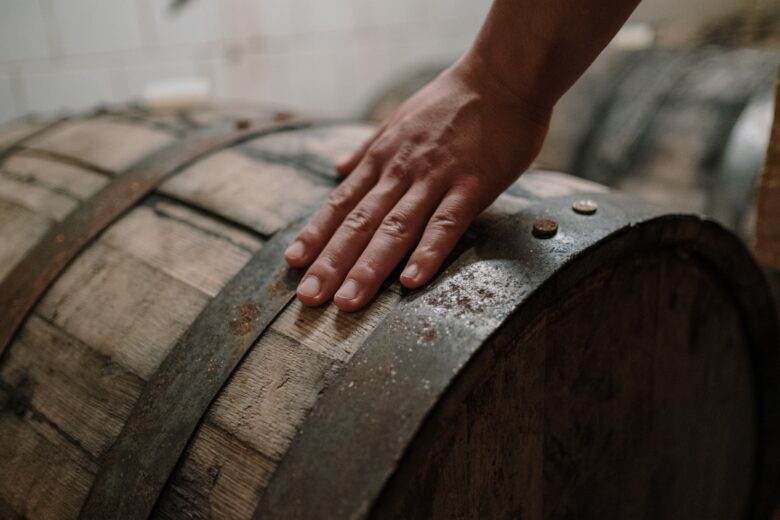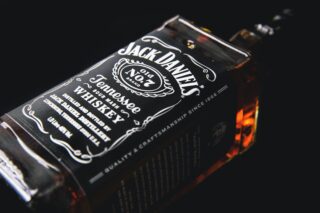Welcome back to my blog! In this article I want to deepen with you the history and the birth of rum, the sugar cane distillate. In particular I will tell you some anecdotes related to this distillate much appreciated for many years.
The raw material – Sugar cane
If we talk about sugar cane, many people think that its origins are associated with countries belonging to the South American area. Actually, through various researches related to the life of the plant itself, most likely his country of origin is Papua New Guinea.
The native inhabitants of this country used to chew cane as they could obtain energy from it through the sugar contained in the plant.
The beginning of large-scale cultivation
You must know that also in this paragraph one of the main responsible will be, as for many other well-known historical events, Christopher Columbus. Before coming to him, many tried to set up sugar cane plantations in Europe. However, the attempts had little or no results as the terroir of those countries was not suitable for its growth. And it is precisely here that the historical figure as famous as Christopher Columbus comes into play.
From the discovery of America to the birth of the first sugar factories
It was in fact after the discovery of the new continent that it was discovered in a short time how those territories were suitable for the cultivation of sugar cane. Christopher Columbus himself created the first large plantations and had them controlled by trusted people as Europeans liked sugar a lot. At that time, when this sweetener was not yet produced on a large scale, its value was very high, similar to that of vanilla or saffron.
It was for this reason that in a short time the major European powers, In particular I remember that it was used a lot France and England, they rushed to establish their own colonies on the new continent and exploit them to create their sugar trade. What that Spain, thanks to Colombo, had already started doing.
Soon England would start profiting from her colonies as much as possible by taxing the purchases and sales of important products from different countries to England. For this reason, the English colonies present on American soil had to trade exclusively with the homeland. This was one of the first reasons that began to create dissent between the colonies and which then led in the future to an idea of independence.
The sugar business and the slave trade
The increase in demand for sugar cane increased considerably in a short time. These meant that it was no longer enough to exploit the indigenous American populations and a solution had to be found. This is where, many of you will be amazed by this, sugar cane was one of the main reasons it yielded the slave trade one of the most studied historical phenomena, as big as it was.
Beyond what most people might initially think, most of the slaves were employed in the processing of sugar cane, more than for tobacco and cotton.
Since during the route the same crews were deprived of foods rich in vitamin C., at the time it was easy to lose one's life due to a very common disease, it scurvy.
In order to avoid losing half the crew, a kind of alcoholic punch which took the name of Grog.
The first rum distilleries
During the processing it was discovered that leaving the molasses, the production waste of sugar cane, of the part, this in a short time began to ferment spontaneously. It was then thanks to the Dutch, skilled traders, that the stills arrived in the colonies present in america and the molasses compounds began to be distilled once fermented. Thus the first rum distilleries were born. The distilleries themselves were often set up by companies that already owned numerous sugar cane plantations and sugar refineries.
The first production crises and the introduction of the column still
Around 1820 the French discovered sugar from beet and this meant that the increase in the availability of this sweetener caused a sharp drop in prices. In the same years slavery was also abolished and for the distilleries the production costs increased considerably by having to pay the wages to their workers.. For these reasons many of the companies producing sugar and therefore also rum went bankrupt or were acquired by larger companies.
It had to wait until 1830, with the arrival of the column still, to return to production costs and to be able to significantly increase revenue. In fact, the column alembic allows you to work with a continuous distillation, greatly reducing production times and the final cost.. In addition with this new instrument there was a first change in the style of production which differed from the first proto rums. The same style remains today the most appreciated for the world of mixology and the best-selling in the global market.
The arrival of phylloxera and the golden age of rum
Between 1850 and the 1890 the fillossera it led to the destruction of the cultivation of vines, decimating the market for wine spirits (brandy, cognac, armagnac). Thanks to this not unimportant factor, rum managed to be replaced on a large scale by increasing demand and therefore production.
The expansion of Cuba and the styles of rum
With the arrival of American prohibition it was Cuba the first country that took advantage of the situation to invite people from the United States to travel to the city. In this way, Americans could consume alcohol without disturbances in places that offered other types of experiences related to relaxation.
The Americans themselves began investing in the city by opening luxurious hotels and cocktail bars to meet guests' requests.
A few years later, the United States helped Cuba itself with the war of independence from Spain in exchange for geo-political and economic control over the territory.
Cuba in particular chose to use the column still which led to the definition of the Cuban style of production softer than the British and French who continued to use the pot still.
Industrial and agricultural rum
In France the distinction between rum Agriculture and industrial came when, due to the eruption of a volcano, many distilleries were destroyed. For this reason the smaller remaining companies that produced rum, more like farms, they began to call their own agricultural rums. The rums produced by large companies and therefore on a large scale have been defined and still are, industrial.
The birth of the tiki was
In this article, I'm not going to delve into tiki culture, which I will do next time instead. However, it seems appropriate to conclude the history of rum by mentioning this important era of blending.
The tiki was due in particular to two American entrepreneurs, Don Beach e Trader Vic, who thanks to their entrepreneurial knowledge were able to exploit the Polynesian culture to launch new chains of establishments.
These places were characterized by unusual ornaments and the service of cocktails based on fruit juices and other exotic ingredients. These same ingredients often remained unknown even by the local operators as Don Beach created batches without sharing the list of all the ingredients..
To learn more about these topics I leave you the Amazon link that takes you back to the Rum Revolution book
PREVIOUS ARTICLES
What are sours – How they prepare



